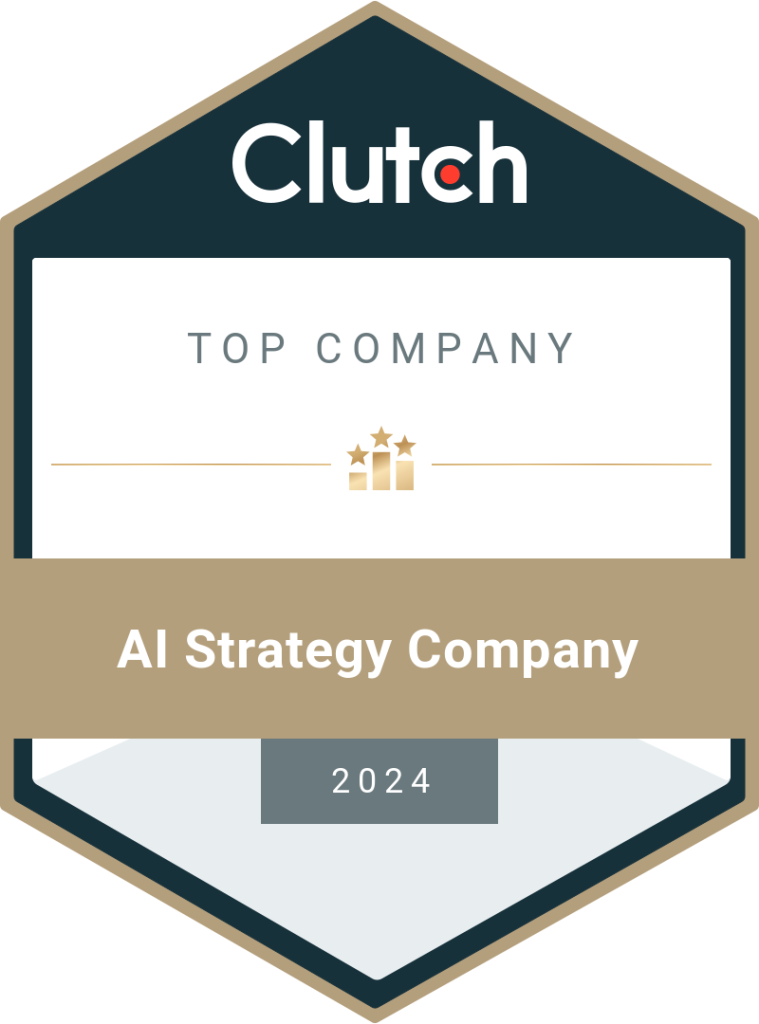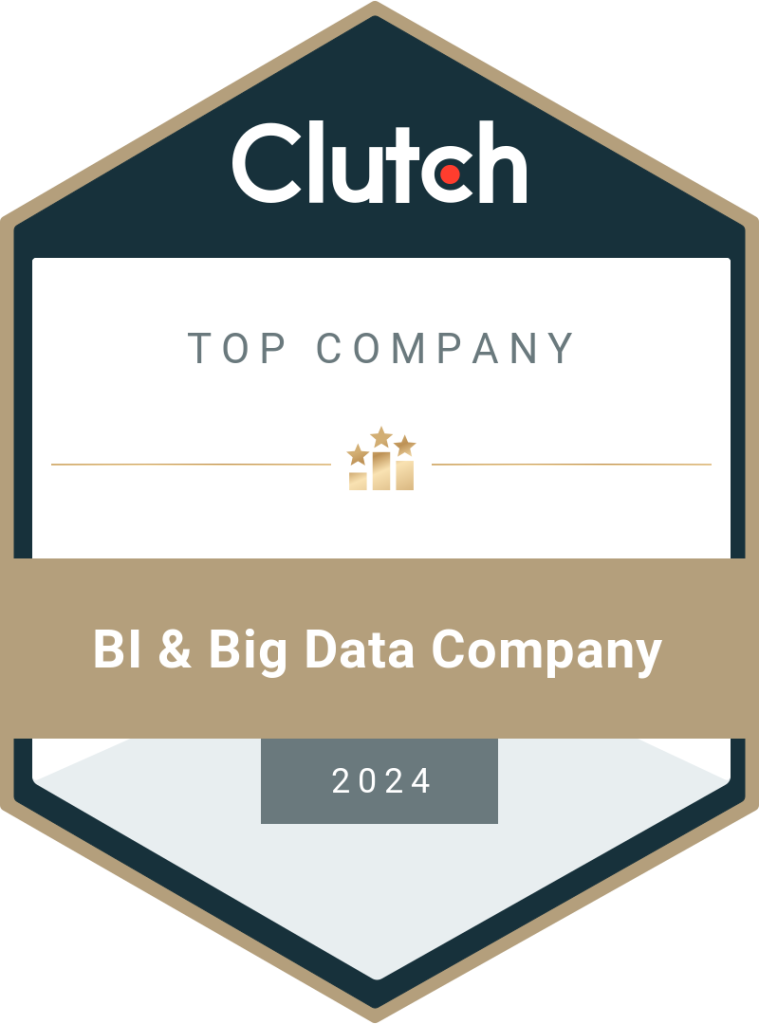Essential Elements of a Winning Data Analytics Management Strategy
This blog discusses how to create a winning data analytics management strategy to make the most of your company data and make informed decisions based on facts instead of assumptions. There were 5 exabytes of information created between the dawn of civilization through 2003, but that much information is now created every two days.” ~ Eric Schmidt, Executive Chairman at Google. This quote highlights the large amount of data that is produced today. A report by Statista reveals that global data creation will increase to 180 zettabytes. Organizations need a well-defined strategy to convert this data into actionable insights and make sense of the available information to drive better decisions. In this blog, we discuss data analytics management strategy and how you can create one to convert your data into a powerful asset. What is a Data Analytics Management Strategy? Data analytics management strategy can be defined as a structured approach to collecting, processing, storing, and analyzing data. It outlines how an organization will manage and use data to extract insights, optimize business operations, and make data-driven decisions. The strategy includes everything about data—its collection method, storage, and techniques. Data analytics management strategy ensures that organizations use their data effectively by converting raw data into actionable insights. This helps predict trends and identify growth opportunities. It also includes best practices for ensuring data, compliance, and governance to present a unified information view, making data a valuable asset for organizations. Centers can rely on AI agents to handle extra work instead of hiring more employees. Despite the need for initial investment, AI agents can be a cost-effective solution in the long term. Moreover, the service providers ensure the software follows the security and privacy regulations to protect confidential data. Why Work in Data Management Analytics Strategy? “As business leaders, we need to understand that lack of data is not the issue. Most businesses have more than enough data to use constructively; we just don’t know how to use it. The reality is that most businesses are already data-rich, but insight-poor. Those companies that view data as a strategic asset are the ones that will survive and thrive.” Bernard Marr, Big Data Having data is not sufficient for organizations. They need to harness the potential of the data and produce meaningful outputs aligned with the business goals and objectives. A data strategy helps overcome different types of data challenges, such as a lack of data-driven decision-making, misuse of data, inconsistent KPIs, manual data integration, and poor data quality. Concepts of Data Analytics Management Data analytics involves various practices and strategies that help users obtain insights and facilitate decision-making. Some of the main concepts of data analytics include: Data Governance This involves setting policies and standards that ensure privacy, security, and compliance of data across the organization. These regulations define who can access data and how it can be used, ensuring adherence to legal and regulatory rules. Data Integration Data integration unifies data from multiple sources and presents a cohesive view, making it easy to analyze data. It uses techniques such as ETL (Extract, Transform, Load) to combine data from different sources. Data Quality Management This aims to ensure high-quality data by identifying and removing inconsistencies, errors, and duplicates within data sets, ensuring reliable and accurate insights. Data Architecture Data architecture refers to the blueprint that defines how to collect, store, and manage data within an organization. This helps to align data management practices with business goals. Data Visualization This involves converting data into visual formats like graphs, charts, and dashboards, making it easier to understand insights and take action. Master Data Management (MDM) MDM creates a unified, accurate, and consistent version of various data entities, ensuring data elements are consistent across the organization and serve as a single source of truth. It prevents data silos, improves data quality, and ensures that everyone in the organization works with the same up-to-date information. How to Create a Data Analytics Management Strategy? Creating a data analytics management strategy is not a complex process if done correctly. Here are five essential steps to help you develop an effective strategy for your business: Know your business goals Start by identifying the key questions that need answers, such as: Once you find answers to these questions, you can start building a strategy and create a plan to implement it. Build data process Once you have figured out your objectives, it is time to create data processes for gathering, preparing, storing, and distributing the data. For each step, you must ask yourself a couple of questions mentioned below: Choose the right technology The third step is selecting the right tools and technology to build an effective data analytics management strategy. It involves choosing the hardware and software that will help you build a strong data infrastructure. Here’s how you can do it: Set data governance As data usage and infrastructure expand, it is important to pay close attention to data governance. Now you need to invest time and effort to create and share policies and procedures to ensure proper data management. You need to focus on ensuring the quality, security, transparency, and privacy of data. Share the policies with data owners, stakeholders, and everyone across the company to ensure the safe use of data. Train your team Train your team with the knowledge and skills to interpret and analyze data. This involves providing data analysis tools to departments beyond IT to ensure everyone understands the company’s data management strategy and knows how to do their part. Conclusion As data continues to increase in volume and complexity, new tools and techniques are emerging that help businesses extract insights. Therefore, it is recommended that you assess your needs and select a data analytics partner who can provide tailored solutions for your data analytics goals and help you convert your data into a strategic asset, driving growth and informed decision-making. More in Data Analytics Management… A data analytics management strategy is essential for driving business growth. It helps organizations convert raw
Read More





